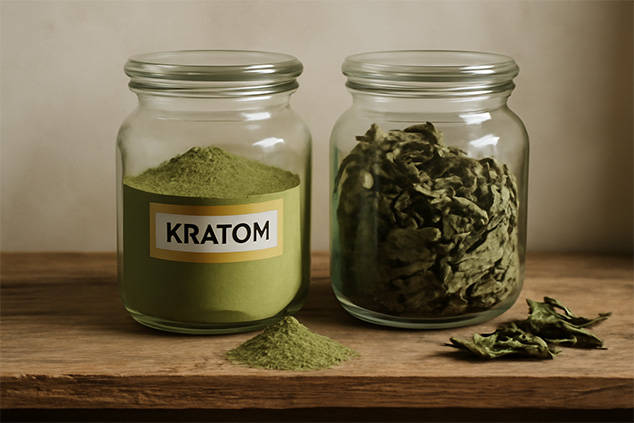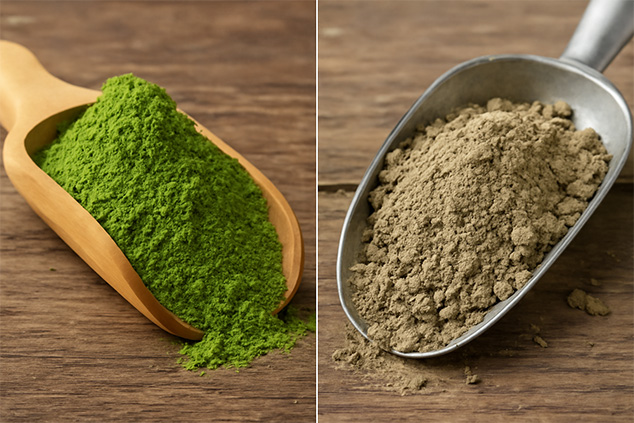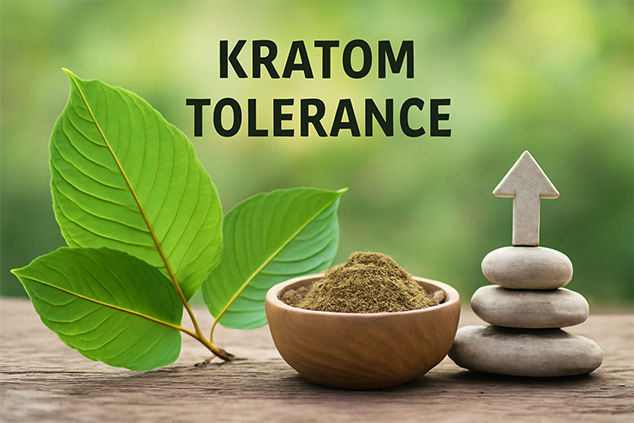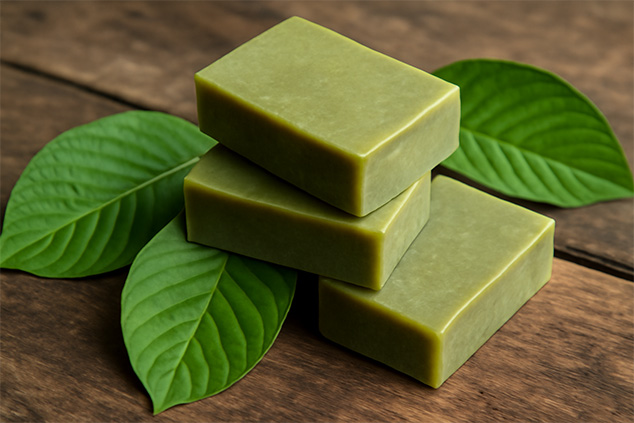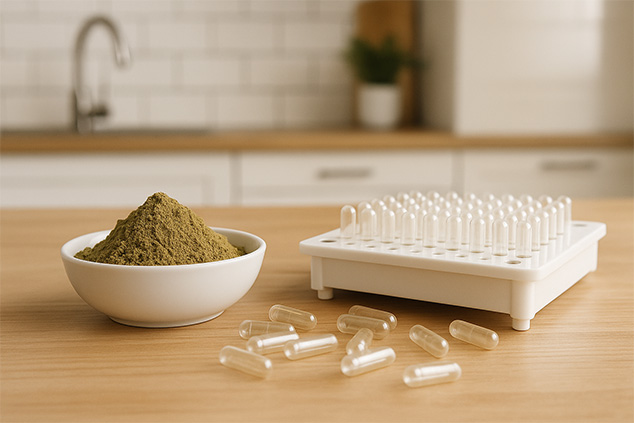Your choice of how to store kratom will affect how long it lasts, how potent it is, as well as how strong the results are. Kratom owes its effects … [Read more...] about How to Store Kratom the Right Way
Kratom How To's
Real vs. Fake Kratom: How to Buy the Best Kratom
Let’s face it, kratom isn’t cheap and, depending on the dose you need, a month’s supply can cost you quite a bit. Therefore, some users may be tempted … [Read more...] about Real vs. Fake Kratom: How to Buy the Best Kratom
Kratom Tolerance: Everything You Need to Know
If you take kratom for some time, you may develop kratom tolerance. It’s one of the most common reasons for kratom not working. When it happens, … [Read more...] about Kratom Tolerance: Everything You Need to Know
Kratom Soap: Benefits and How to Make It from Scratch
Kratom use has many benefits for our health. And, though less common, it can be used in other ways than just internally. Kratom can be very beneficial … [Read more...] about Kratom Soap: Benefits and How to Make It from Scratch
How to Make Kratom Capsules at Home
Kratom can help with all sorts of medical problems, from insomnia and ADHD to pain relief and depression, to name just a few. There are different … [Read more...] about How to Make Kratom Capsules at Home
